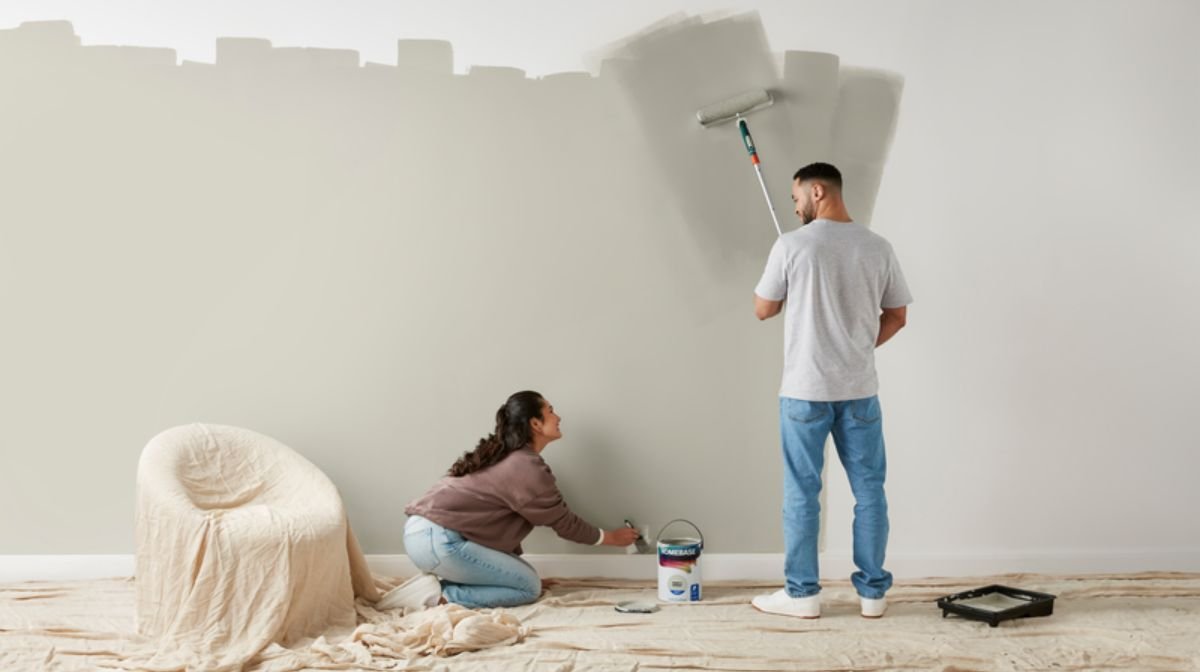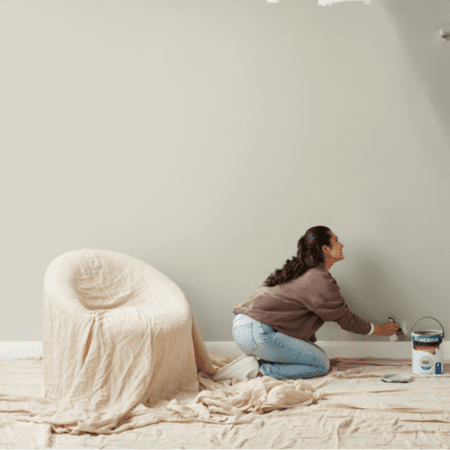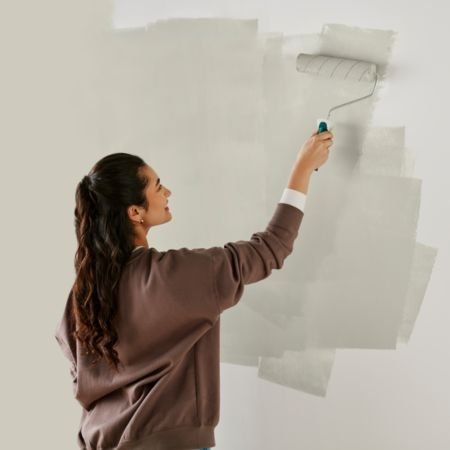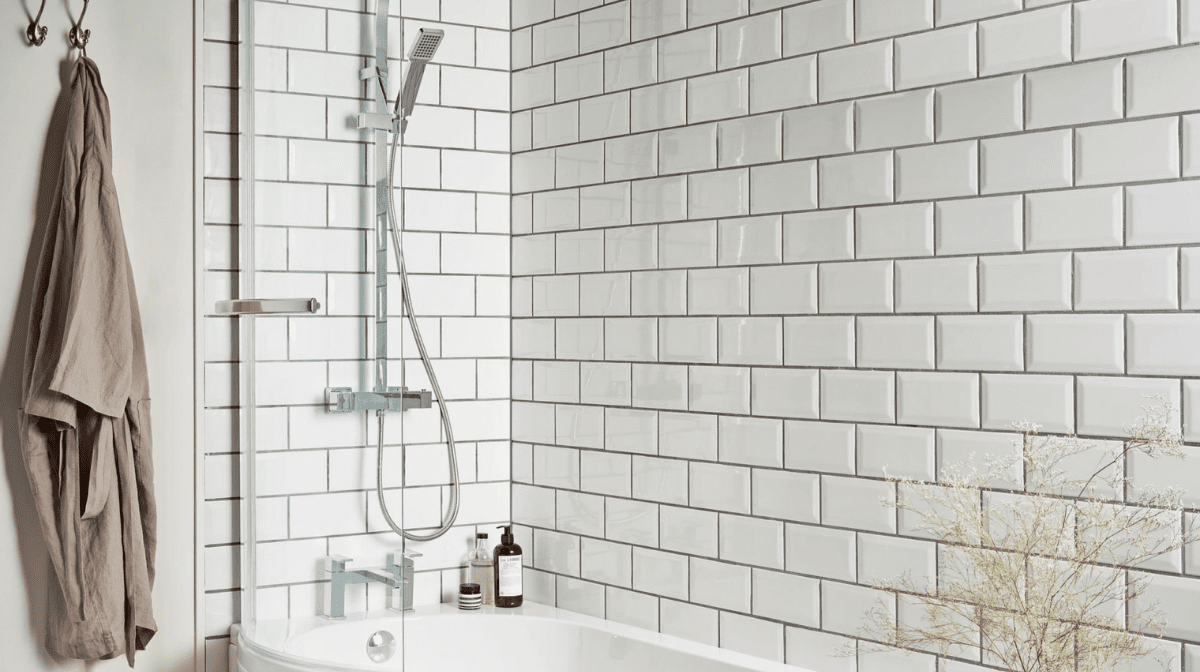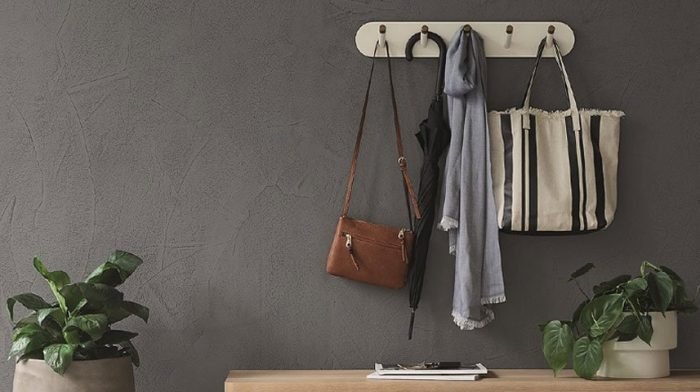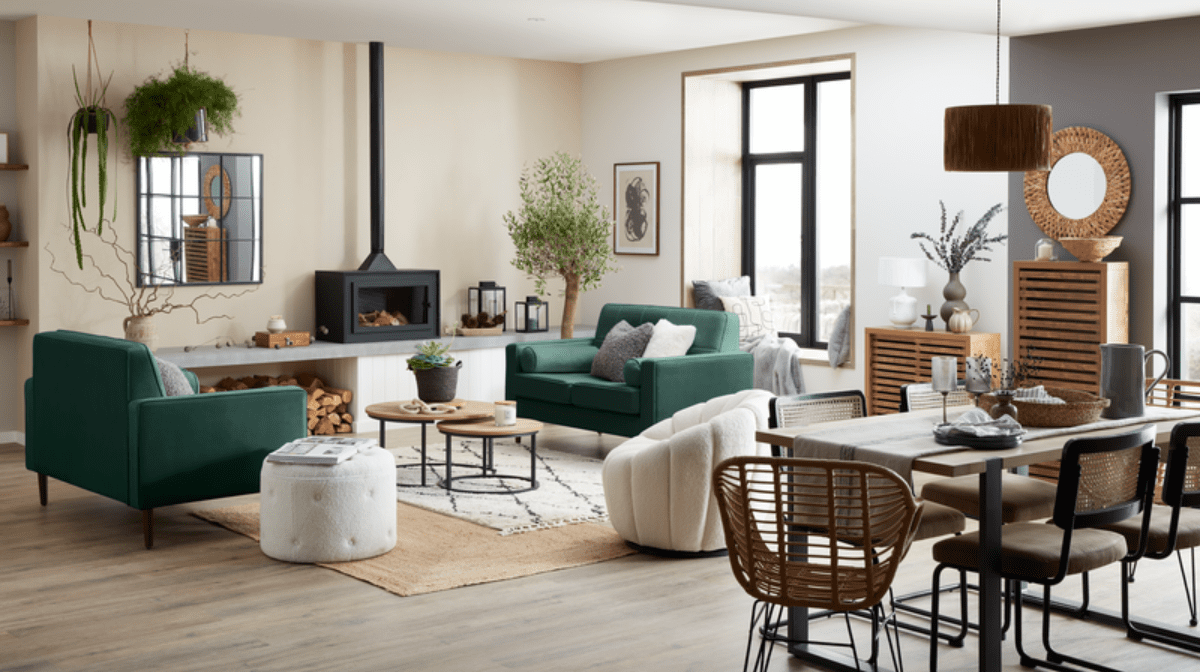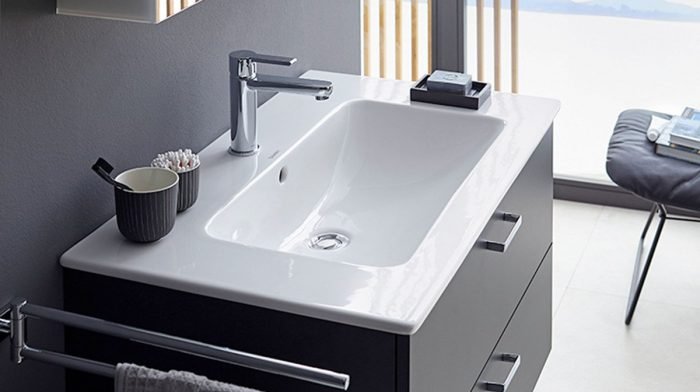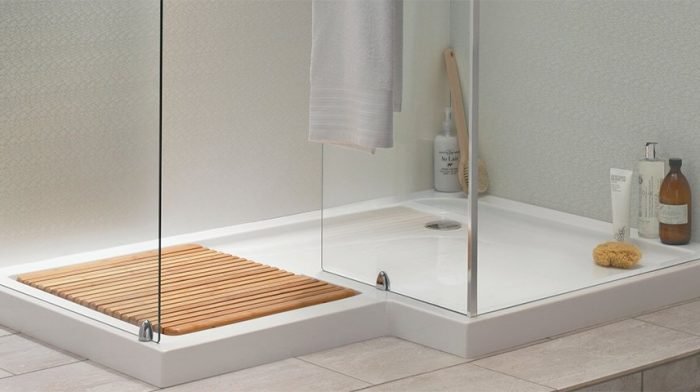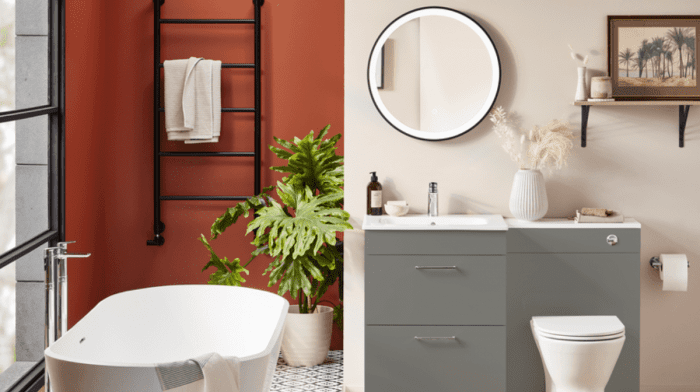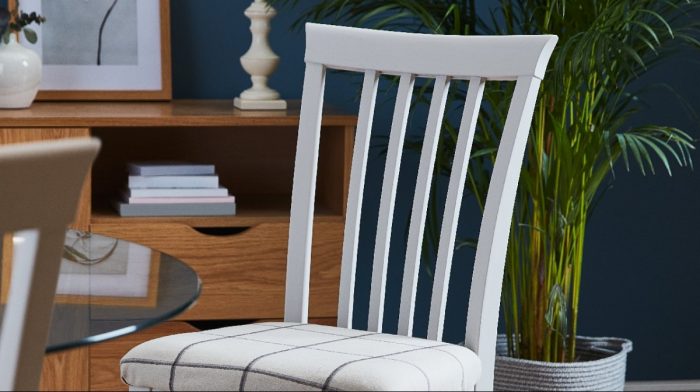When it comes to revamping your interiors, we’re big believers that it’s the small things that make a big difference. Whether your walls have seen better days, or you simply fancy a change, knowing how to paint a room is an essential DIY skill and a simple way to refresh your home. Although a straightforward task, we have put together a few easy steps you can follow to ensure a smooth process from start to finish.
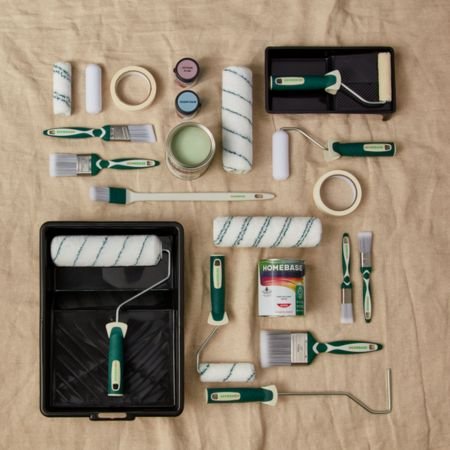
Full of useful tips and tricks, find out how to paint a wall with this handy guide. If you’re looking to breathe new life into your space, it’s the simplest way to make your interiors your own!
What You’ll Need:
Materials:
Tools:
Need help with choosing the right tools? If you want to know how to paint a wall with a roller, check out our decorating equipment guide to get you started.
How to Paint a Room
Step 1: Preparation
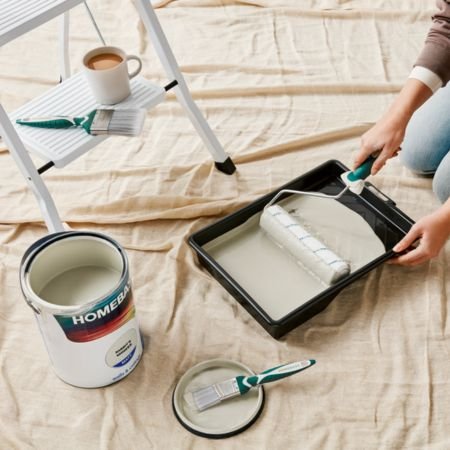
First things first, clear out as much furniture as you can from the room, including curtains and any wall fixings. Protect flooring and any remaining furniture with dust sheets.
